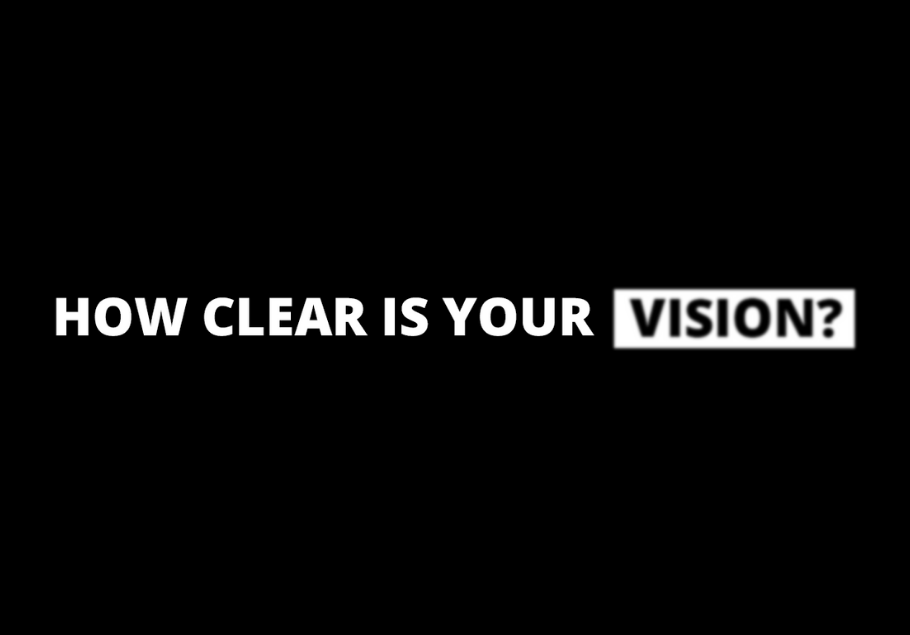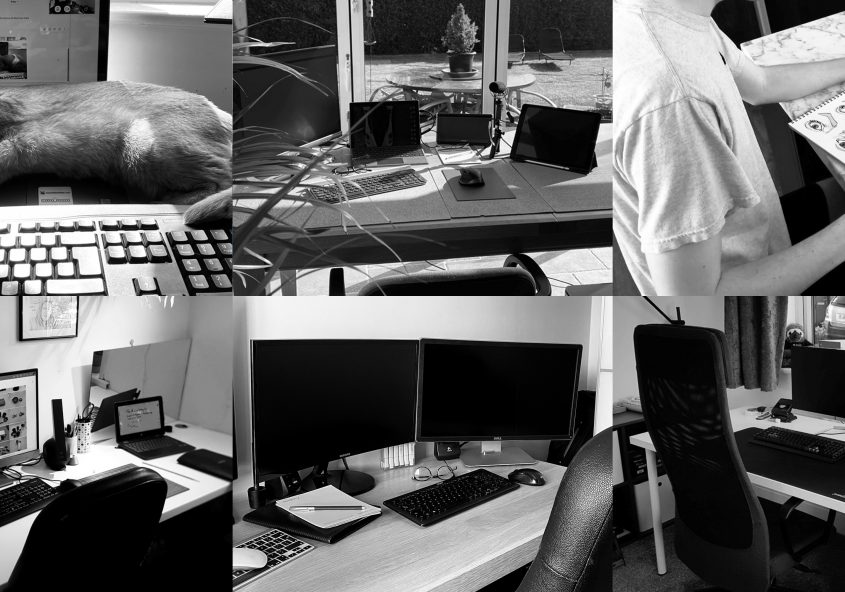Strategic Design Innovation and Setting Your Vision
Where do you want to take your business over the new few years and how are you going to get there? Can you visualise your future?
Vision setting paired with a clear strategy can be incredibly powerful in driving forward innovation and is a ‘must do’ if you are to achieve success in today’s ever-changing world. If you are on the cusp of realigning your vision and innovation strategy, why not check out our latest blog below where we talk in more detail about vision setting, why it is important and how to put together a strategy that works. Read the article in full or use the links to jump to the sections that interest you the most.
What Does Your Future Look Like?
If you (and your team) cannot visualise your future, realistically, how can you expect to get there? Whether you are looking to be first to market or lead the sector, you need to be able to see what your future looks like. And by this we don’t mean polishing up the crystal ball, we mean setting your vision.
Without a clear vision, the process of developing a brand, new product, service or experience becomes challenging. Without that single-minded goal it becomes much harder to manage a team’s focus and direction. Your customers will not know who you are, why you exist and why they should care.
What is Vision Setting?
Your vision is your view of how the future will look to you and your company. It outlines what you want to achieve and essentially gives purpose to your existence. When combined with a well thought out strategy and detailed research, vision setting is incredibly powerful in building the foundations for success, laying out a roadmap for all to follow.
Your vision should become your ‘north star’, guiding everyone to the same end goal. It should be BIG and far reaching but credible enough to motivate and stimulate action. Acting as the catalyst for innovation and change, it must be easy to understand and without ambiguity.
Forecasting the future can be challenging but if you follow a systematic process and take notice of what is happening around you, it can become a much easier task.
How Clear is Your Vision?
You can start by thinking about what success looks like to you.
Can you visualise giving that winning speech to the board or your peers? Can you express what you achieved and how?
Running through scenarios like this can provide focus, validate the problem statement you are looking to address and help you understand what key activities will make difference.
- What achievements were made?
- How did you engage people and make the commitment to resource and budget allocation?
- What new products and service did it take to achieve success?
- How you changed and adapted to be ready for the future.
- What key activities made the difference?

Implementing simple tools such as GAP and SWOT analysis identify where you currently are and direct focus and efforts in the right areas to make the necessary leaps. Look forward to where you want to be and be honest and accurate with where you are today.
Rarely is great innovation a solo activity. So, use the power of teamwork and brainstorming events:
- Create cross functional teams with representatives from all levels and functions within your business to bring together alternate points of view which will help you understand the problems you are looking to solve in much more detail.
- Employ design thinking techniques to add structure to the process (read more about the 5 stages of Design Thinking here) and whilst thinking big is great, don’t forgo the small incremental changes that over time, add up to real long term change for your business.

Creating a Compelling Vision?
The world is moving fast and change is inevitable so now is the time to gaze into the future and get your vision in focus. Think less about what customers WANT and focus more on WHY they want it. Does your vision tell a simple yet compelling story, and is the hook for ‘What’s in it for me’ strong enough?
Thought leader, Simon Sinek talks about vision and why companies such as Amazon and Netflix excel at innovation. How they blow past their imagined vision and achieve success way beyond their initial concept. You may not like what Amazon, Tesla and Netflix have become but it is certainly food for thought as you sit down to visualise your future.
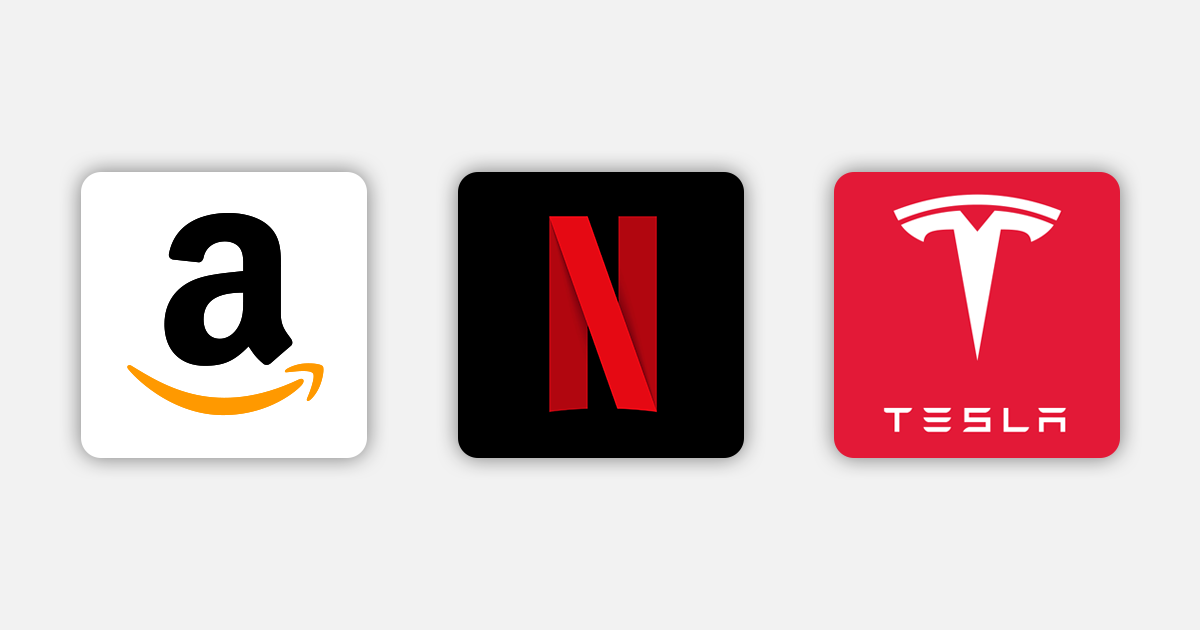
5 Steps to Create a Compelling Vision Statement
- Think big and think long term. Remember, the key part is to consider where you want to be and what you want to achieve from your product, not where you are currently. Using stretch targets that require you to focus on the specifics of what you want to achieve in a certain timescale is key.
- Get to grips with your USP – how do you differentiate yourself, what makes you, your product offering or technology unique and can you use that to create a winning value proposition?
- Can you communicate the quality and value you provide in real numbers or through specific actions?
- Are you relevant and does your vision statement resonate with your customers, does it put them at the centre of everything you do?
- Is your statement clear, concise but challenging? Does it inspire customers and board members alike to get on board?
If you need support in establishing your vision and writing your statement, why not book in for one of our innovation workshops. Using tried and tested exercises, our workshops not only guide you through vision setting and statement writing but they also support strategy formulation to set you on your path to success.
Remember, what got you to where you are today will probably not get you to where you want and need to be tomorrow.
To get you thinking along the right path, here are a few market leading statements:
NIKE – “To bring inspiration and innovation to every athlete in the world.”
NETFLIX – “Helping content creators around the world to find a global audience.”
STARBUCKS – “To establish Starbucks as the most recognized and respected brand in the world.”
Building a Winning Strategy
Setting credible visions is key, but successful realisation is achieved by formulating a strategy which not only provokes action but keeps everything in balance. One that identifies all stakeholders and more importantly, ensures they are engaged and in harmony with it. A process to capture and more importantly filter good ideas and one that identifies the key priorities that help realise your vision. Thinking up great ideas is one thing but making sure they are the right ideas for your business requires careful and unbiased assessment.
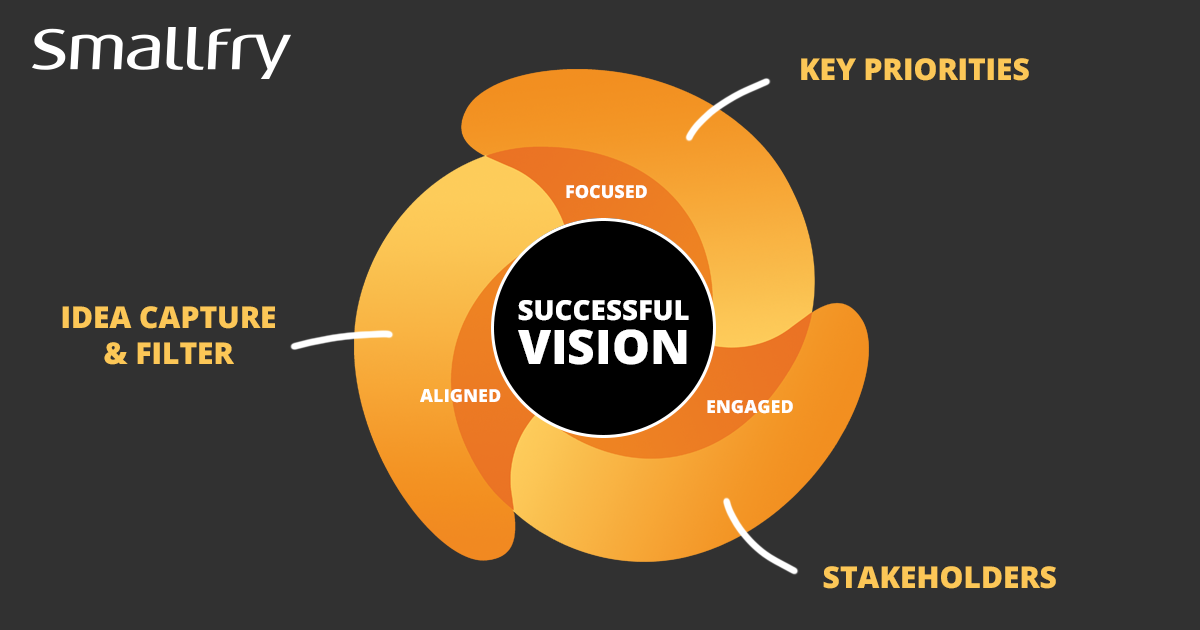
A good design and innovation strategy combined with human centred design methodology backed up with detailed research and customer insights will harness brilliant innovation. It will help transform your business and put you on the path to create real value and impact.
As Joel A. Barker stated, a vision is just a dream without purposeful action. Key priority setting and making sure you can find the sweet spot between desirable, feasible and viable, is essential. There are many techniques that can be employed to work through these three stages including bringing in unbiased external support. Innovation consultants and human factor specialists can be a great help if you have knowledge gaps or resource issues in your team. So, let’s delve a little deeper.
Desirability
Your innovation strategy needs to consider how you can discover relevant and compelling insights and ideas. How to use feedback and idea prioritisation to systematically filter and align these ideas with your vision. To develop products and services that people want.
For some, ideation comes easily but for others it’s more challenging. Perhaps you are fortunate to have a bucket brimming full of ideas, but it is crucial that these ideas are aligned with your vision and been assessed to make sure they not just a good idea, but a good idea for your business. Selecting the right metrics to measure needs, wants and results is also important. You need to make sure your team understands this and can make the right choices? What attracts customers to you, your products or tech and what will keep them coming back for more?
Far too often as consumers we are faced with products and applications that simply do not solve real world problems or offer anything new or exciting. Avoiding the deadly sins of creating ‘bland’ ‘unfocused’ or ‘unimaginative’ products and services should be at top of your action list. A good starting place is to move towards a customer centric business model and understand the emotions that are driving purchases.
Employ Human Centred Design tools and spend a day in the life of your customer, watch what they do and say. Understand the choices that are being made and why, get clarity on the pain and problems you are looking to address and understand where the market is going.
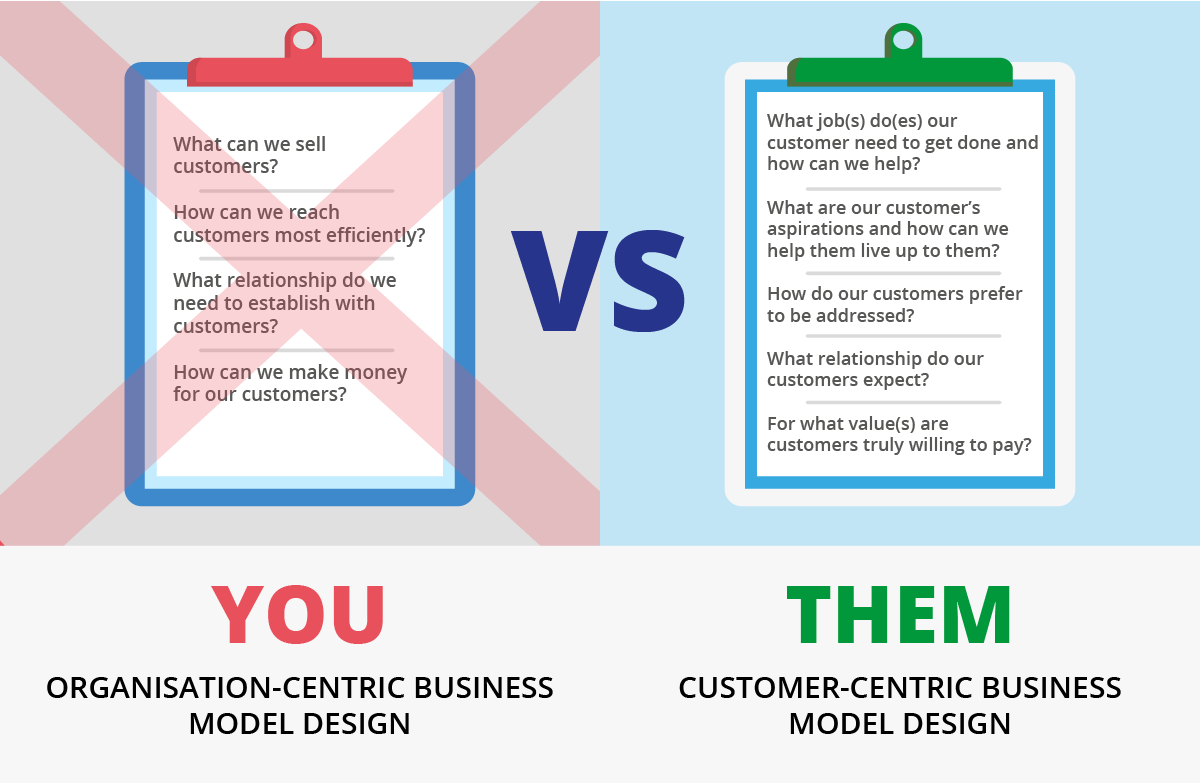
Feasibilty
At the same time as considering desirability and narrowing down potential ideas, you also need to determine if your innovation is technically feasible? Understanding what skills, facilities, and technology will be required along with a clear picture of any regulatory issues, policies and internal hurdles that might crop up?
Are you building on your operational strengths, helping to make the business stronger and win over the competition or introducing more risk by diversifying and watering down core strengths?
Detailed planning and execution rigor must be followed to build a solid business case to communicate value to stakeholders and to encourage budget and resource allocation.
Viability
So you have a great idea and have established it is viable but can the business afford it and is it sustainable? Questioning viability forces you and the team to look at the detail. Question if you are really providing value, understanding which customers are more profitable, and is there sufficient budget to support the development process. By looking through the viability lens, you are trying to figure out what will make the finance team smile and keep sales rolling in.
Used together and as an iterative process, the three stages of desirability, feasibility and viability make sure you focus on the right innovation for your business that also meets the needs of your customers.
If you’d like to chat in more detail about developing your vision and creating a strategic innovation strategy, drop an email to design@smallfry.com.
